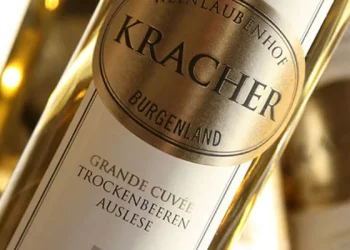Many wine lovers may wonder when they first encounter wine: Why does wine always have a sour taste?
Even sweet wine tastes sweet and sour, you know?
In fact, it’s because of the acid in the wine.
As one of the important structural components of wine, acid has an important impact on the taste and aging potential of wine, and is also one of the factors to be considered when evaluating the quality of wine.
You can’t make wine without acid, so to speak.
If there are no “acids”, there can be no wine — Talking about acids in wine Generally speaking, the main acids in wine are Tartaric Acid, malic Acid, citric acid and Lactic Acid.
Tartaric acid, malic acid and citric acid are all natural acids in grape fruit.
Tartaric acid is the most important source of acidity in wine, with citric acid being the lowest.
Lactic acid comes from malic acid fermentation, which is converted into malic acid. When tasting a wine, we can determine the acidity of the wine by assessing the amount of saliva produced in the mouth.
The more saliva you produce, the more acidic the wine will be.
However, the sensitivity of each person’s mouth to acidity is different, which requires us to practice and develop a better sense of the factors that affect the acidity of a wine. The acidity of a wine is influenced by the characteristics of the wine grape variety, the climate of the production area and the brewing technology.
Riesling Sauvignon and Chenning White, as well as other grape varieties such as Cabernet Sauvignon, Sangiovese and Nebbiolo, are relatively natural.
Low acidity varieties include Gewurztraminer and Grenache.
Generally speaking, the acidity of the wine itself plays a decisive role in the acidity of the wine, and the acidity of white wine is generally higher than that of red wine without “acid” there is no wine












































